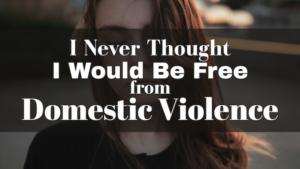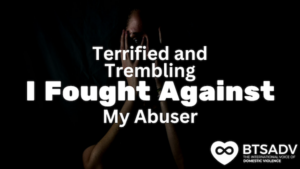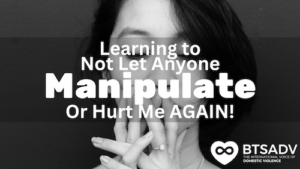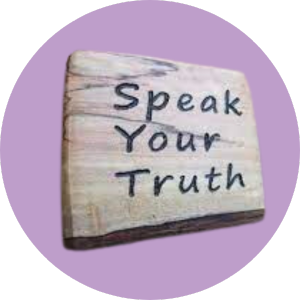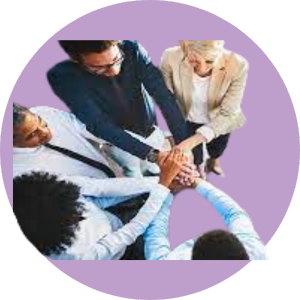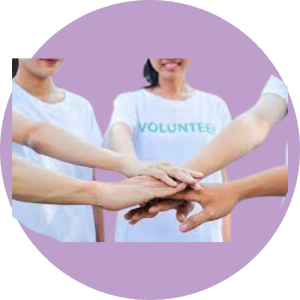The Reason for January
The official name of the month is “National Slavery and Human Trafficking Prevention Month.” On January 1st, 1863, Abraham Lincoln issued the Emancipation Proclamation. With that action, President Lincoln freed three-point-one-million enslaved people.
In the Proclamation, Lincoln stated that, “neither slavery nor involuntary servitude shall exist in the United States.”
It is important to see that connection between slavery and the modern assumptions on human trafficking. Intersectionality plays such a big part in the conversation surrounding this horrible problem. While the institution of slavery, as it was practiced in the states of the Confederate States of America, saw Africans kidnapped, sold, and trafficked to North America against their will, a free on-line certificate course shows us that modern trafficking looks very different in many ways. Despite the mode of subjugation being different, People of Colour are still among the most likely to be victims of trafficking.
Polaris
Human Trafficking 101 is a free certificate course being offered by Polaris at polarisproject.org/training/. In an effort to be able to share some valuable information with you, I decided that I would take the course myself. Considering that importance of the subject matter, it takes a remarkably short amount of time to complete, while dispelling misconceptions of an often-misunderstood topic. It took me a little over an hour to watch all of the modules; get anecdotal evidence from the survivors who shares personal accounts; and take the quizzes which tested your knowledge retention of the material.
If you are reading this blog post, you are most likely an ally in the fight against all types of abuse. This course will provide concrete information. This class helps to explain the types of human trafficking; the ways people fall victim to human trafficking; how to spot a situation that is actually human trafficking; and what to do, and maybe more importantly what not to do when you see human trafficking.
The modules are easy to understand, and conducive to taking notes. This makes it easy to pass the quizzes. The survivor stories help to put faces to the problem. Some people learn better with statistics, while others like to be able to visualize and empathize. Polaris made sure to find a way to reach both types of students.
Vulnerable Communities
There is not a gender, race, nationality, or sexual-orientation that is immune to human trafficking. Still, the course makes it very clear that certain groups are way more vulnerable to being victims. People of Colour, the Indigenous, members of the LGBTQA+ community, immigrants, and the poor face disproportionate levels of risk.
The first anecdotal testimonial came from a Transgender man, who was lured into a trafficking situation. His family alienated him by treating him as a little girl, even when he made them aware of his true gender identity. By providing a welcoming environment, in which his gender was validated, a trafficker was able to make him feel safe. That comfort was exploited to make him do things against his will. Allyship for the Transgender community is human trafficking prevention. Acceptance of Transgender children is human trafficking prevention.
Immigrants are also highly-targeted by traffickers. The example was used of a farm worker being fronted money for a work visa. When starting the job which he was promised, he didn’t receive enough pay to cover what he owed. This is another form of human trafficking.
Misconceptions
The example of the immigrant is especially poignant, because many people make incorrect assumptions regarding how most victims of human trafficking find themselves in the situation. Most victims are coerced. This can happen in a number of different ways. Financial hardships like those faced by the immigrant in the previous example can be one ploy. Often, younger victims are groomed with promises of love, security, or acceptance. This is the trick used to traffic the Transgender man whose family misgendered him.
There are also misconceptions as to how human trafficking looks. Victims are not always disheveled, and not all victims are involved in sex work. Appearances can be misleading, and trying to be a “white knight” and “save” people believed to be victims can often cause more harm than good. This is why the course emphasizes proximity and context when deciphering what is actually human trafficking.
Take the Time
As I mentioned earlier, this course will most likely not take you any more than an hour. It is free, and provides some invaluable information. Most importantly, it reminds us that the only true experts in human trafficking are the victims and survivors. As allies, we can learn as much as possible, but we must allow those who have suffered through the scourge to lead the way.
It is National Slavery and Human Trafficking Prevention Month. Taking an hour out of your schedule to educate yourself is a small, yet significant effort to put forth in the fight against trafficking.
Resources for this blog can be found at the following links:
polarisproject.org/trafficking/
https://www.state.gov/national-slavery-and-human-trafficking-prevention-month/
https://www.state.gov/20-ways-you-can-help-fight-human-trafficking/
